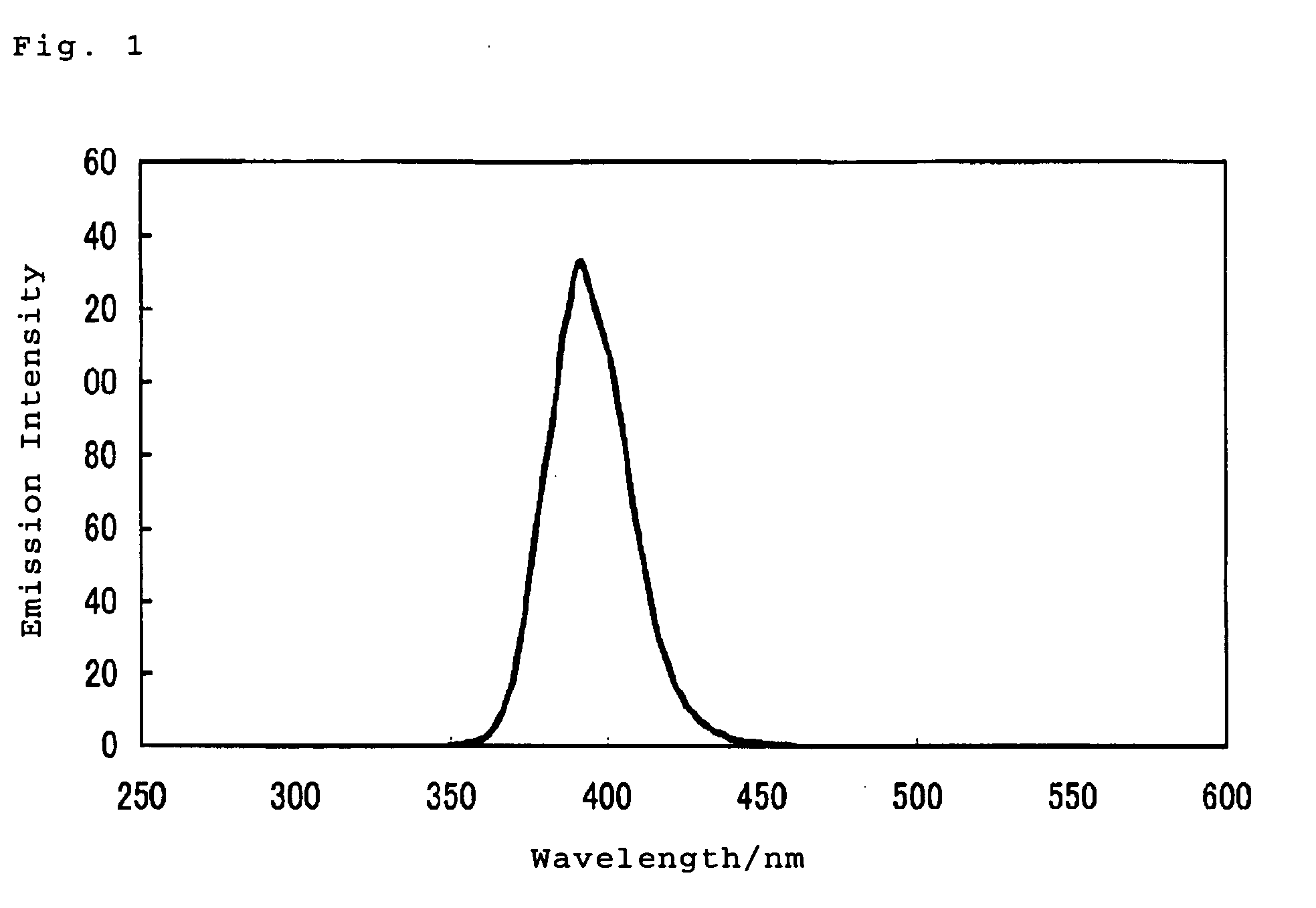Black and white photothermographic material and image forming method
a technology of photothermographic material and image forming system, which is applied in the direction of photosensitive materials, instruments, optics, etc., can solve the problems of diagnosis and high recording speed (sensitivity), insufficient image quality of digital imaging recording material obtained by such a general image forming system, and inability to replace digital imaging recording materials
- Summary
- Abstract
- Description
- Claims
- Application Information
AI Technical Summary
Benefits of technology
Problems solved by technology
Method used
Image
Examples
example 1
1. Preparation of PET Support and Undercoating
1-1. Film Manufacturing
[0614] PET having IV (intrinsic viscosity) of 0.66 (measured in phenol / tetrachloroethane=6 / 4 (weight ratio) at 25° C.) was obtained according to a conventional manner using terephthalic acid and ethylene glycol. The product was pelletized, dried at 130° C. for 4 hours, and colored blue with the blue dye (1,4-bis(2,6-diethylanilinoanthraquinone). Thereafter, the mixture was extruded from a T-die and rapidly cooled to form a non-tentered film.
[0615] The film was stretched along the longitudinal direction by 3.3 times using rollers of different peripheral speeds, and then stretched along the transverse direction by 4.5 times using a tenter machine. The temperatures used for these operations were 110° C. and 130° C., respectively. Then, the film was subjected to thermal fixation at 240° C. for 20 seconds, and relaxed by 4% along the transverse direction at the same temperature. Thereafter, the chucking part was sl...
example 2
[0724] Double-sided coated photothermographic materials were prepared in a similar manner to Example 1 except that changing the support to PEN (polyethylene naphthalene).
[0725] The commercially available polyethylene-2,6-naphthalate polymer was melted at 300° C., extruded from a T-die, and the film was stretched along the longitudinal direction by 3.3 times and then stretched along the transverse direction by 3.3 times. The temperatures used for these operations were 140° C., respectively. Then the film was subjected to thermal fixation at 250° C. for 6 seconds to give the film having a thickness of 175 μm. The corona treatment of the support was performed as follows. The surface of the support having a width of 30 cm was treated at 20 m / minute using a Solid State Corona Discharge Treatment Machine Model 6KVA manufactured by Pillar GmbH. It was proven that treatment of 0.375 KV·A·minute·m−2 was executed, judging from the readings of current and voltage on that occasion. The frequen...
example 3
1. Preparation of Samples
[0729] Double-sided coated materials were prepared in a similar manner to the preparation of Example 1 except that using, as the silver halide emulsion, silver halide emulsion C and F of Example 1 and emulsion H to J prepared as described below.
[0730]>
[0731] Preparation of silver halide emulsion H was conducted in a similar manner to the preparation of silver halide emulsion F of Example 1 except that at 2 minutes before the epitaxial deposition, the entire amount of potassium hexacyanoruthenate (II) in an aqueous solution was added at 3×10−4 mol per 1 mol of silver. Thereby, silver halide emulsion H containing 10 mol % of epitaxial silver bromide was prepared.
[0732]>
[0733] Preparation of silver halide emulsion I was conducted in a similar manner to the preparation of silver halide emulsion F of Example 1 except that at 2 minutes before the epitaxial deposition, the entire amount of potassium hexacyanoferrate (II) in an aqueous solution was added at 1×10...
PUM
 Login to View More
Login to View More Abstract
Description
Claims
Application Information
 Login to View More
Login to View More - R&D
- Intellectual Property
- Life Sciences
- Materials
- Tech Scout
- Unparalleled Data Quality
- Higher Quality Content
- 60% Fewer Hallucinations
Browse by: Latest US Patents, China's latest patents, Technical Efficacy Thesaurus, Application Domain, Technology Topic, Popular Technical Reports.
© 2025 PatSnap. All rights reserved.Legal|Privacy policy|Modern Slavery Act Transparency Statement|Sitemap|About US| Contact US: help@patsnap.com



